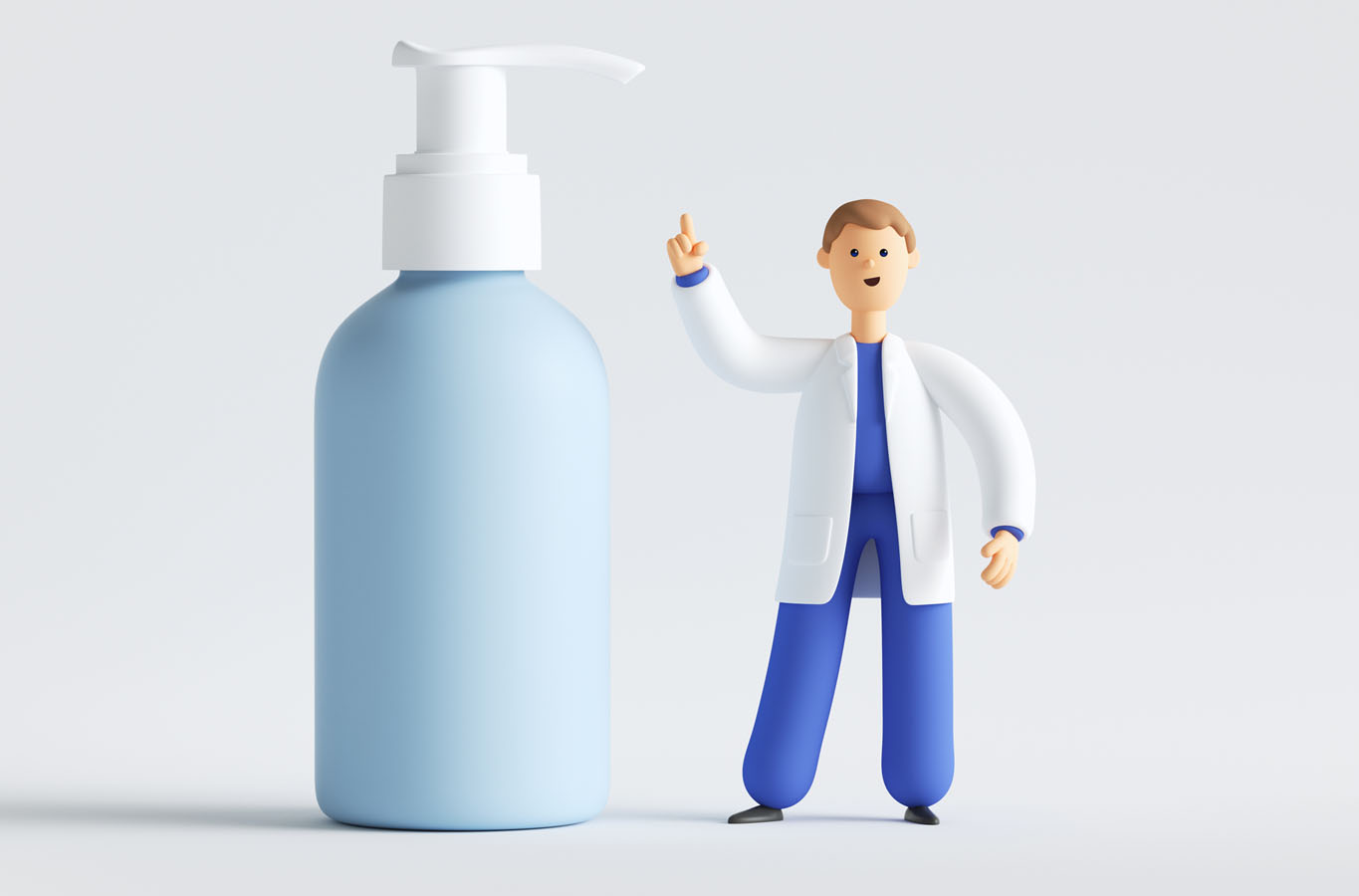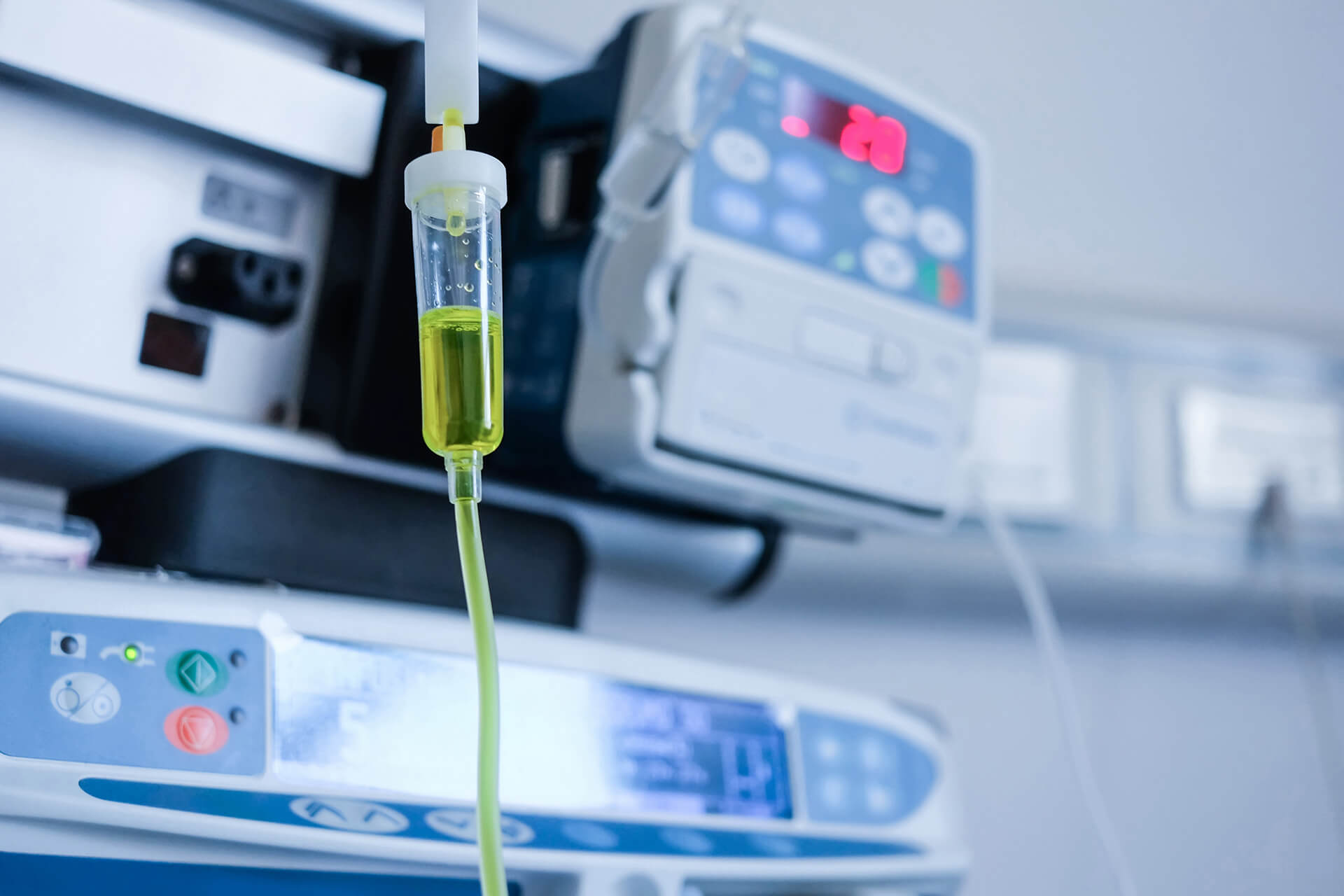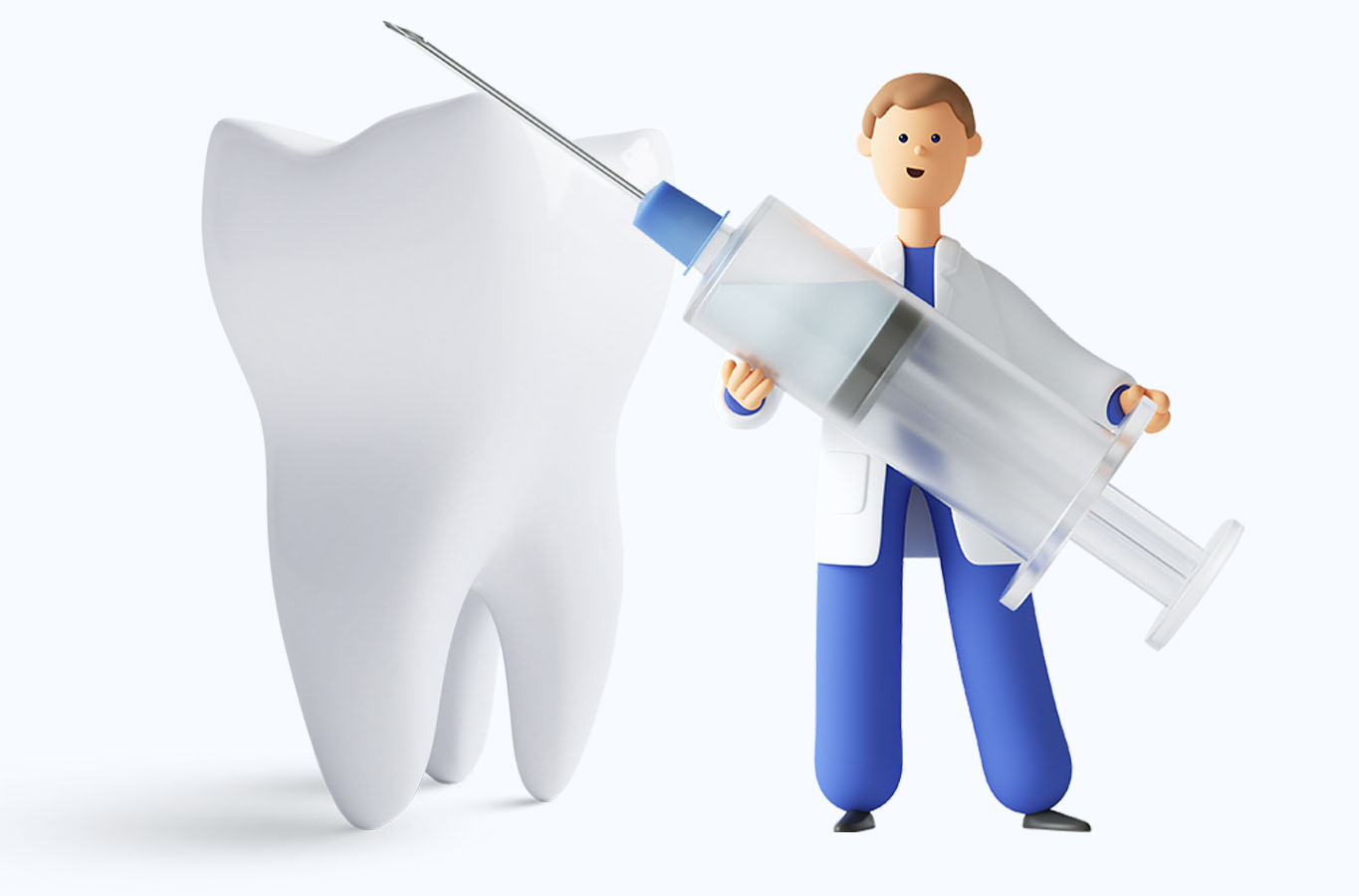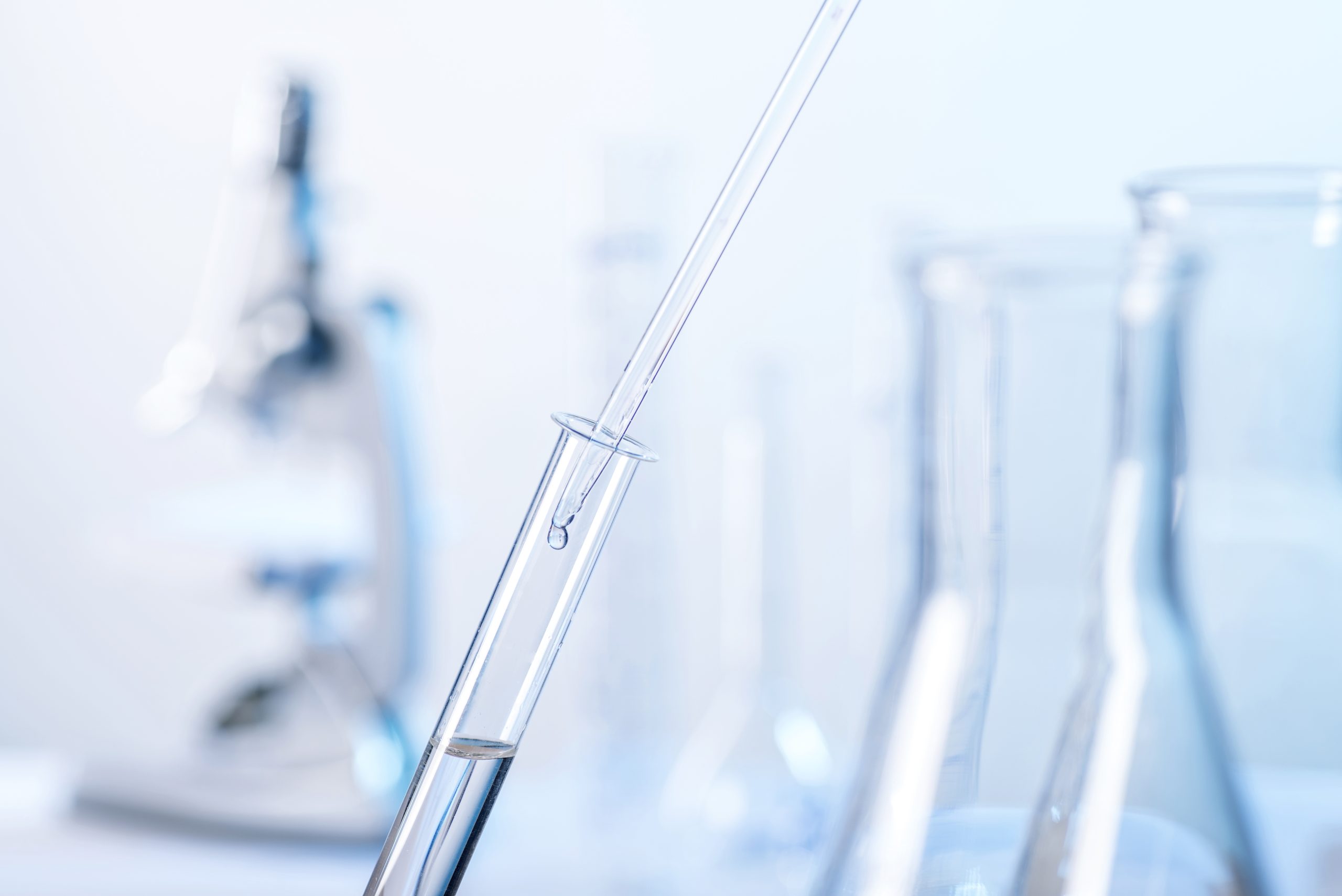
What is the AET test method?
AETs are performed by challenging the product with a panel of microorganisms to verify the preservative’s efficacy against possible contamination agents. A typical study may include gram-positive cocci, gram-negative fermentative bacilli, gram-negative non-fermentative bacilli, yeast, and mold.
How do you determine antimicrobial effectiveness?
The Kirby-Bauer disk diffusion test has long been used as a starting point for determining the susceptibility of specific microbes to various antimicrobial drugs. The Kirby-Bauer assay starts with a Mueller-Hinton agar plate on which a confluent lawn is inoculated with a patient’s isolated bacterial pathogen.
What is the FDA antimicrobial effectiveness test?
Antimicrobial susceptibility test interpretive criteria (STIC), also known as “breakpoints”, are the criteria used to interpret AST results. STIC are updated as microorganisms change over time and are used to identify whether the microorganism is susceptible to a particular drug
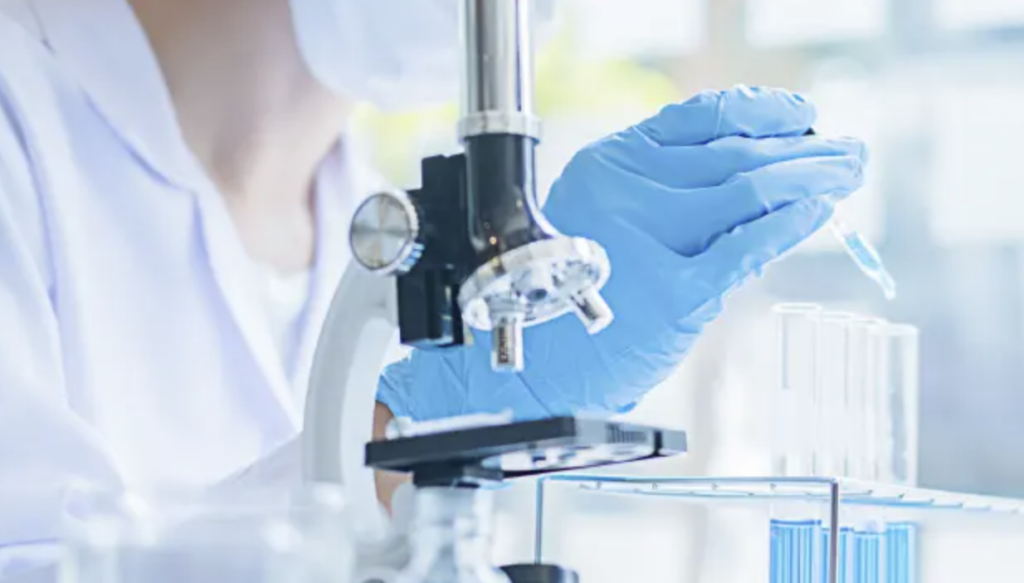
What is the EP preservative efficacy test?
The purpose of the challenge test or preservative efficacy testing is to demonstrate the efficacy of the cosmetics preservative during the shelf and usage life of the cosmetic product. This is a regulatory requirement aimed at reducing risks to consumer safety.
What is a AET and what is it used for?
Nagao, PhD IPAC-RS Page 3 The Analytical Evaluation Threshold (AET) is defined as the threshold at or above which a chemist should begin to identify a particular leachable and/or extractable and report it for potential toxicological assessment.
What is AET assessment?
This is an interactive assessment tool that helps practitioners identify learning priorities, set key learning intentions, and track progress for autistic pupils and young people in both mainstream and specialist educational provisions.
How to confirm the efficacy of an antibiotic?
There are different types of antibiotics. Each type is only effective against certain bacteria. An antibiotic sensitivity test can help find out which antibiotic will be most effective in treating your infection. The test can also be helpful in finding a treatment for antibiotic-resistant infections.
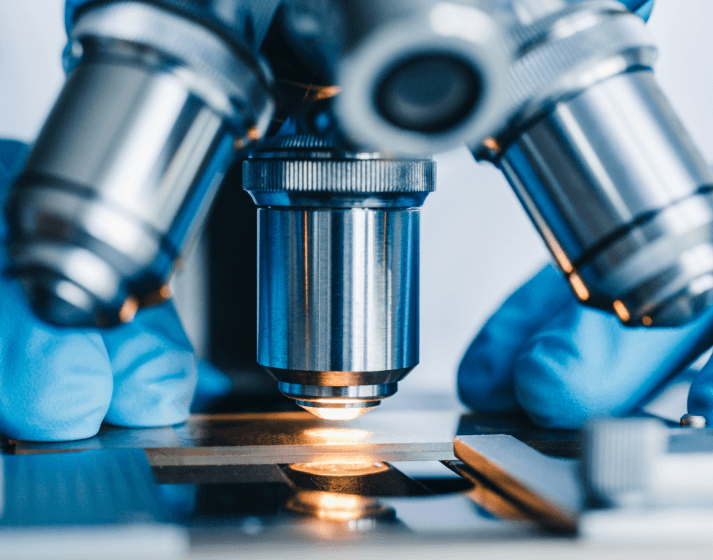
Summary of the USP <51> Antimicrobial Effectiveness Test
Test microorganisms are grown in liquid or on solid medium, depending on the microorganism. The test microorganisms are either harvested by centrifugation from broth culture or by washing surface growth from a solid medium into a sterile vessel.
How do you measure antimicrobial effectiveness?
The Kirby-Bauer disk diffusion test has long been used as a starting point for determining the susceptibility of specific microbes to various antimicrobial drugs. The Kirby-Bauer assay starts with a Mueller-Hinton agar plate on which a confluent lawn is inoculated with a patient’s isolated bacterial pathogen.


